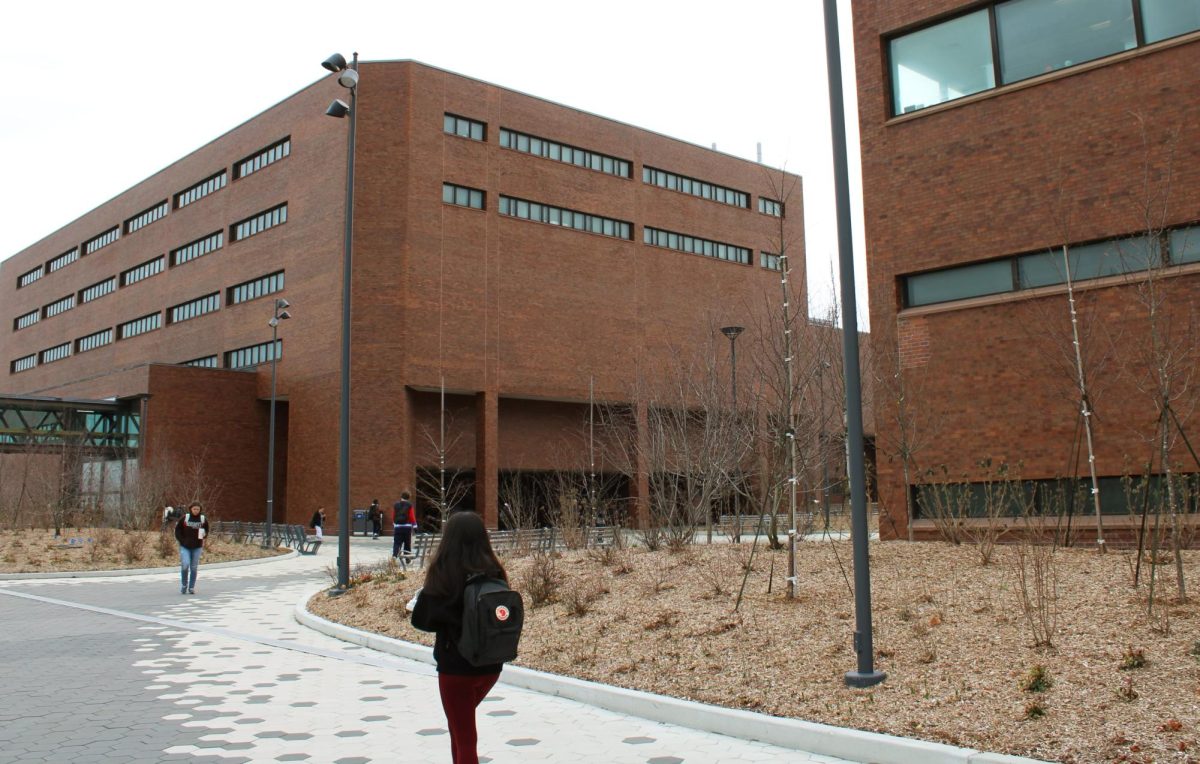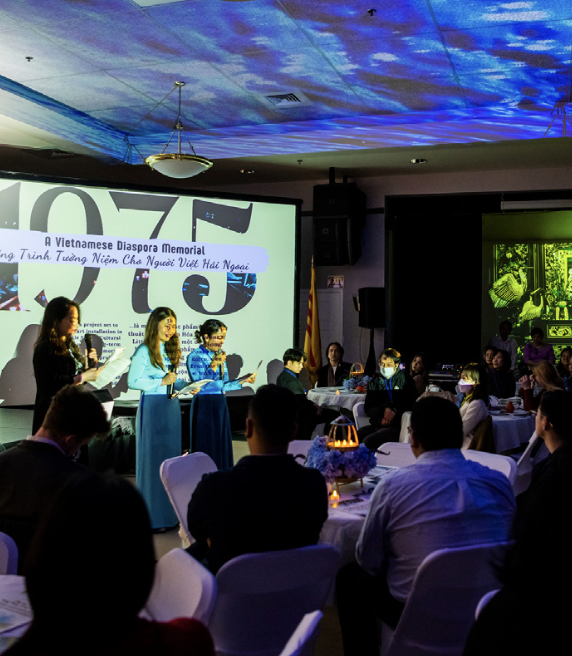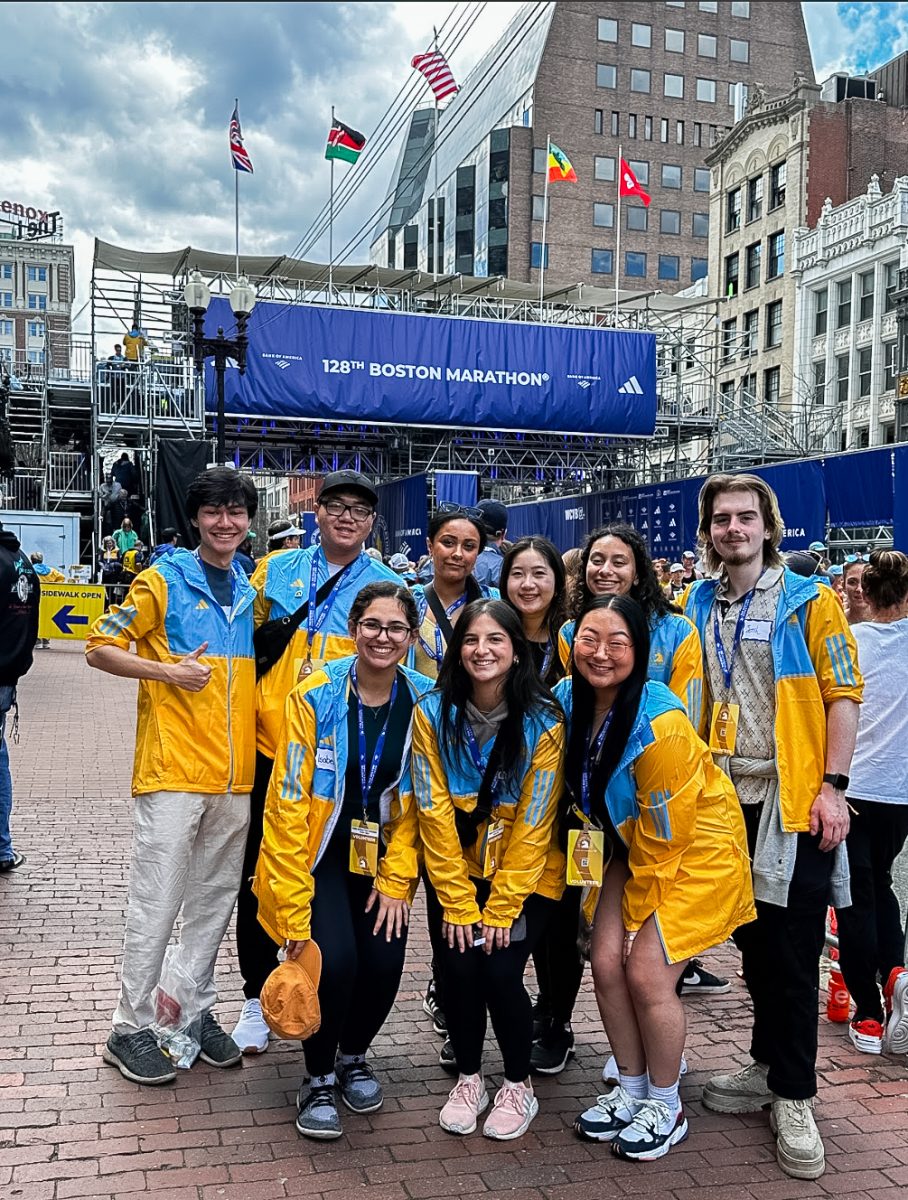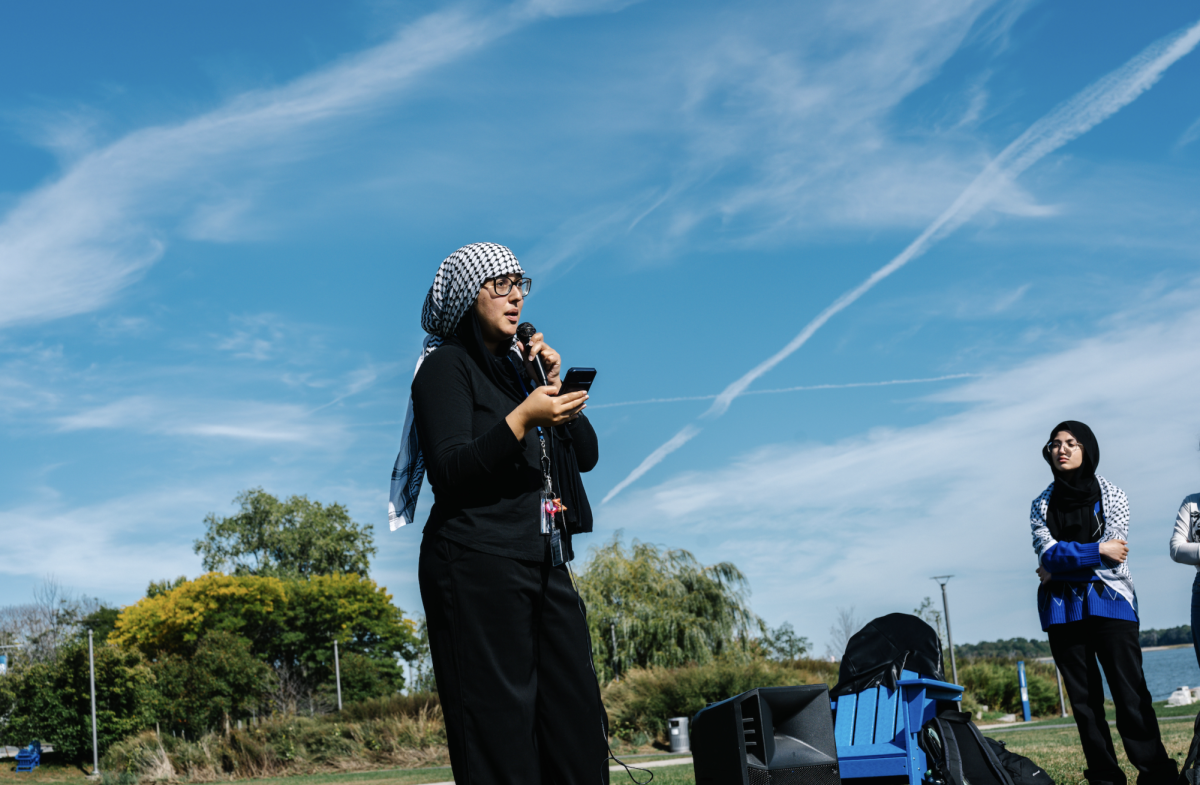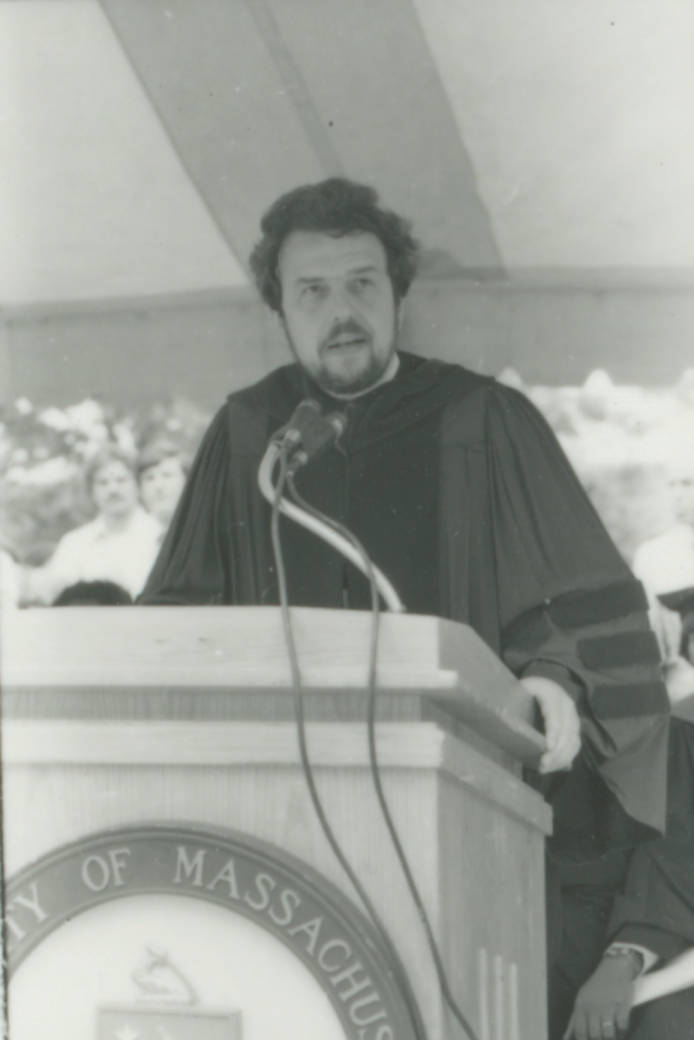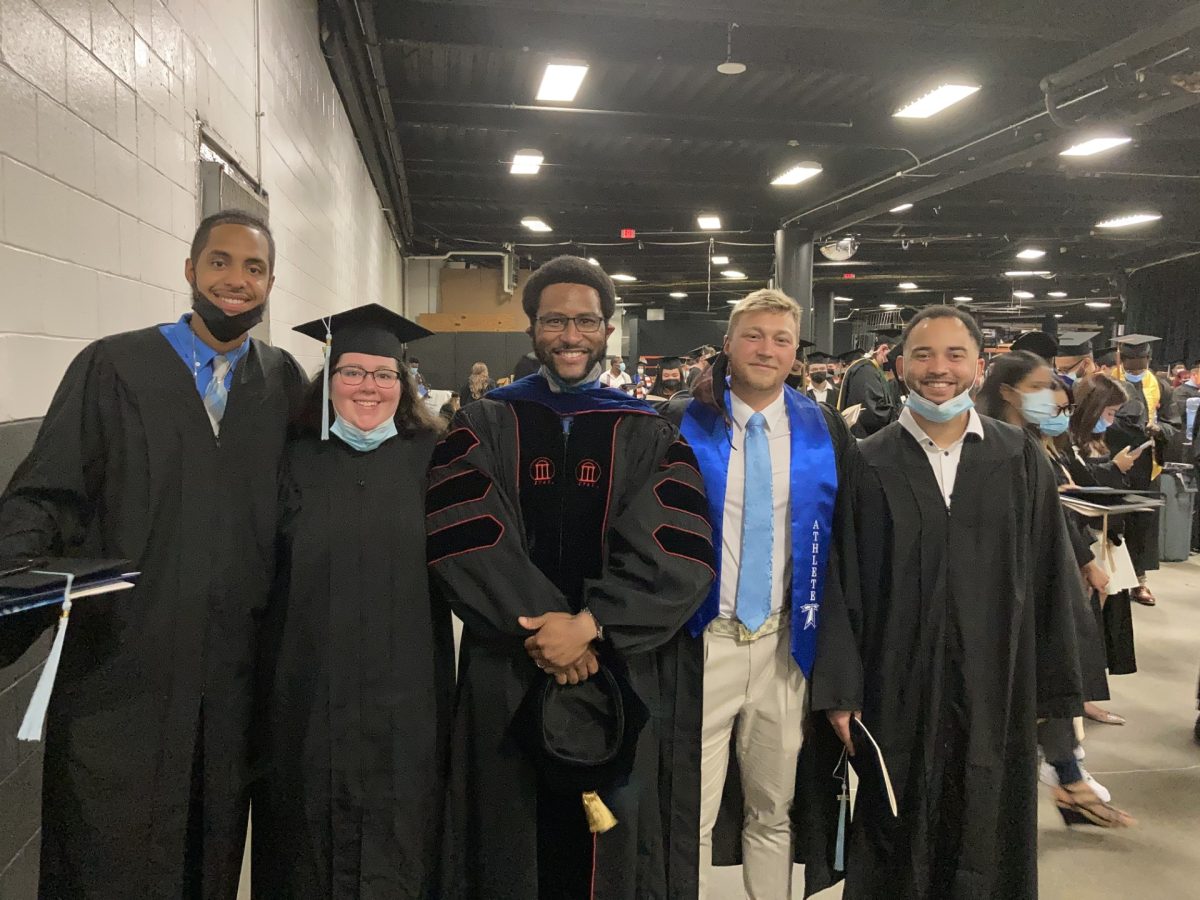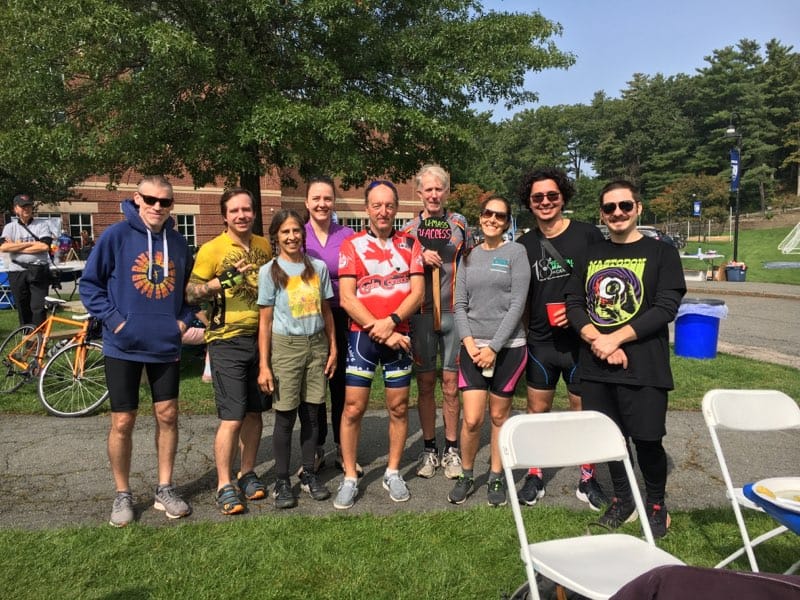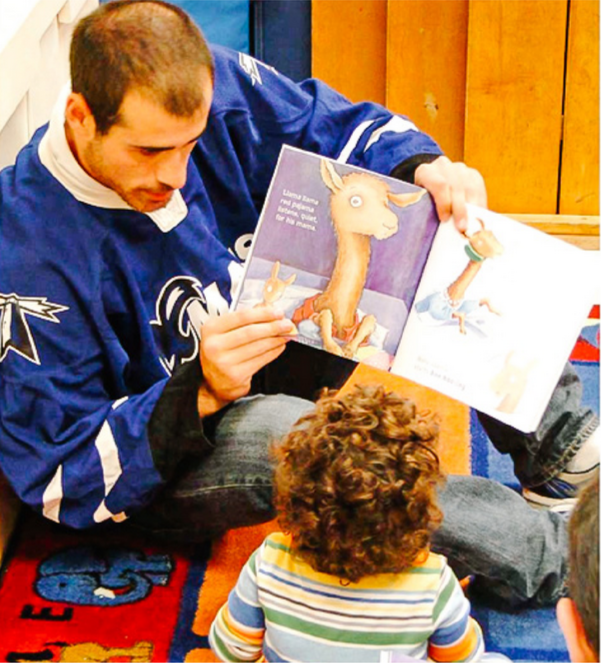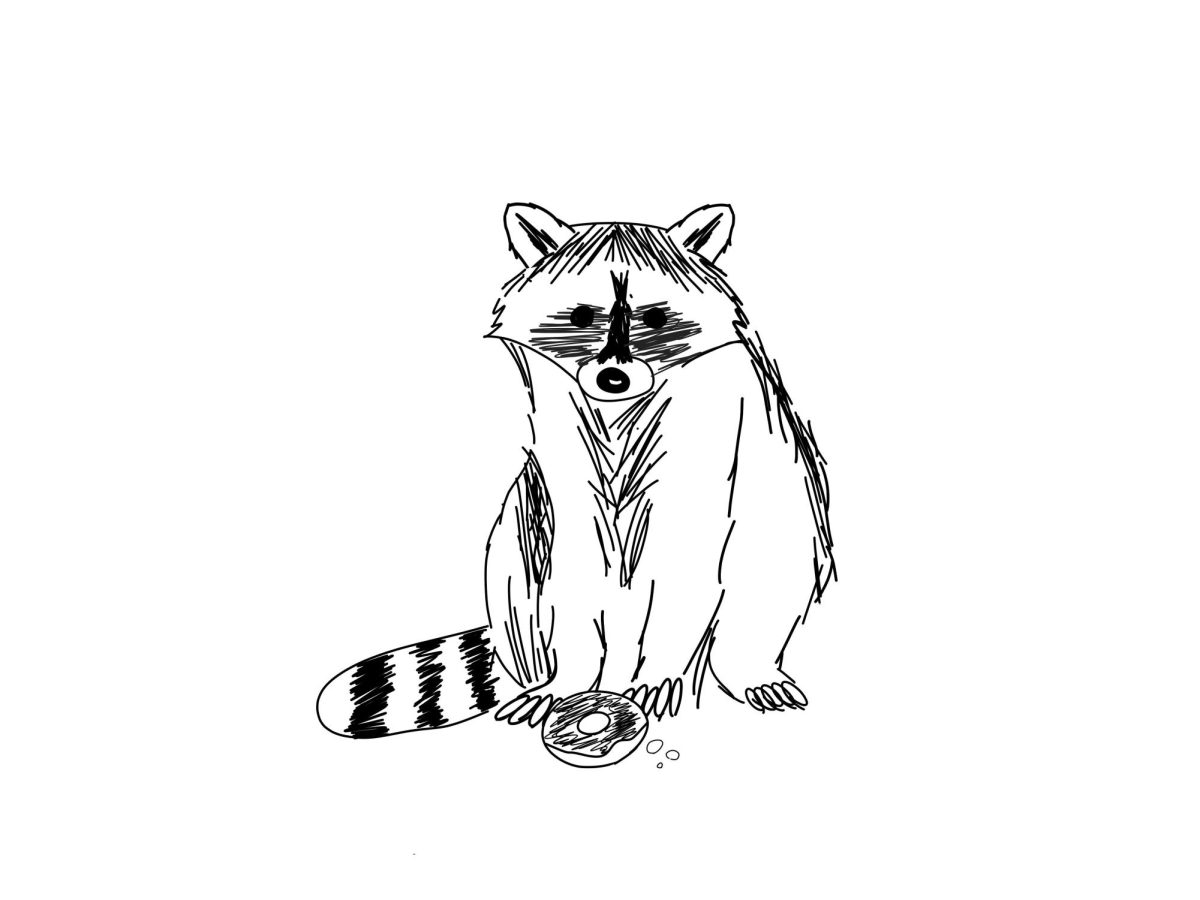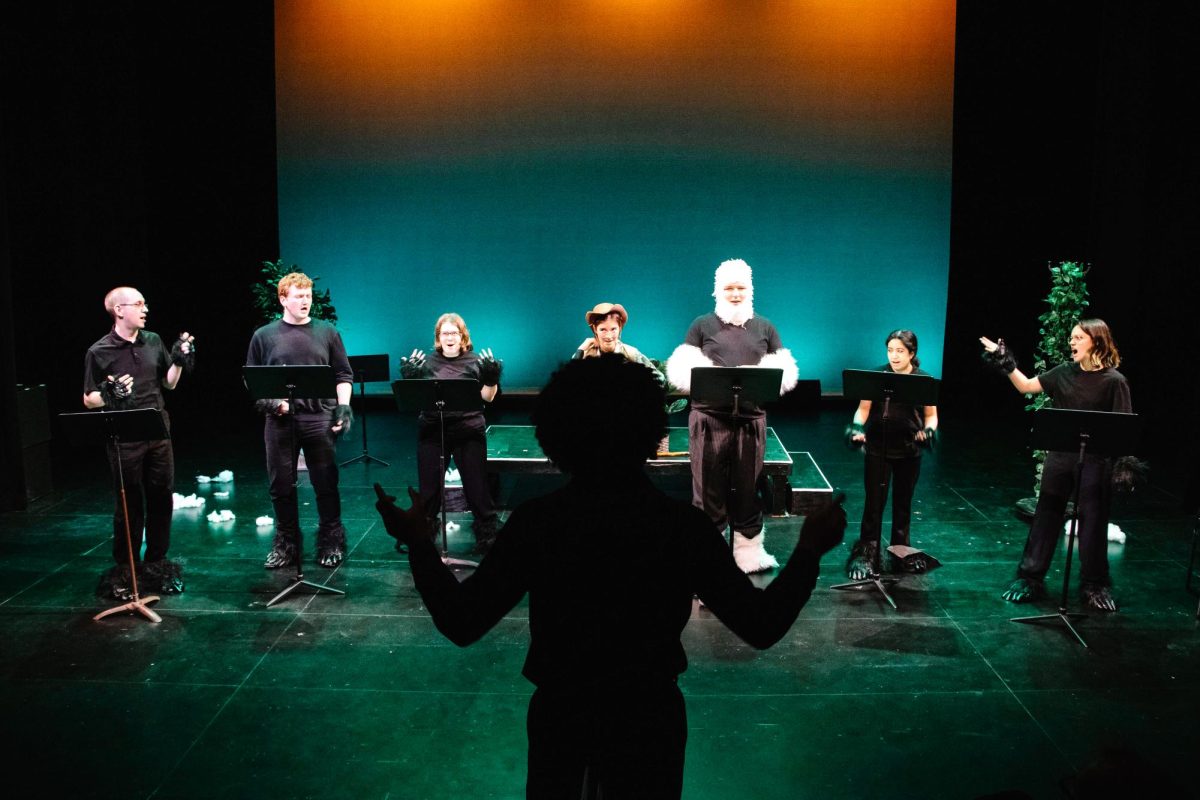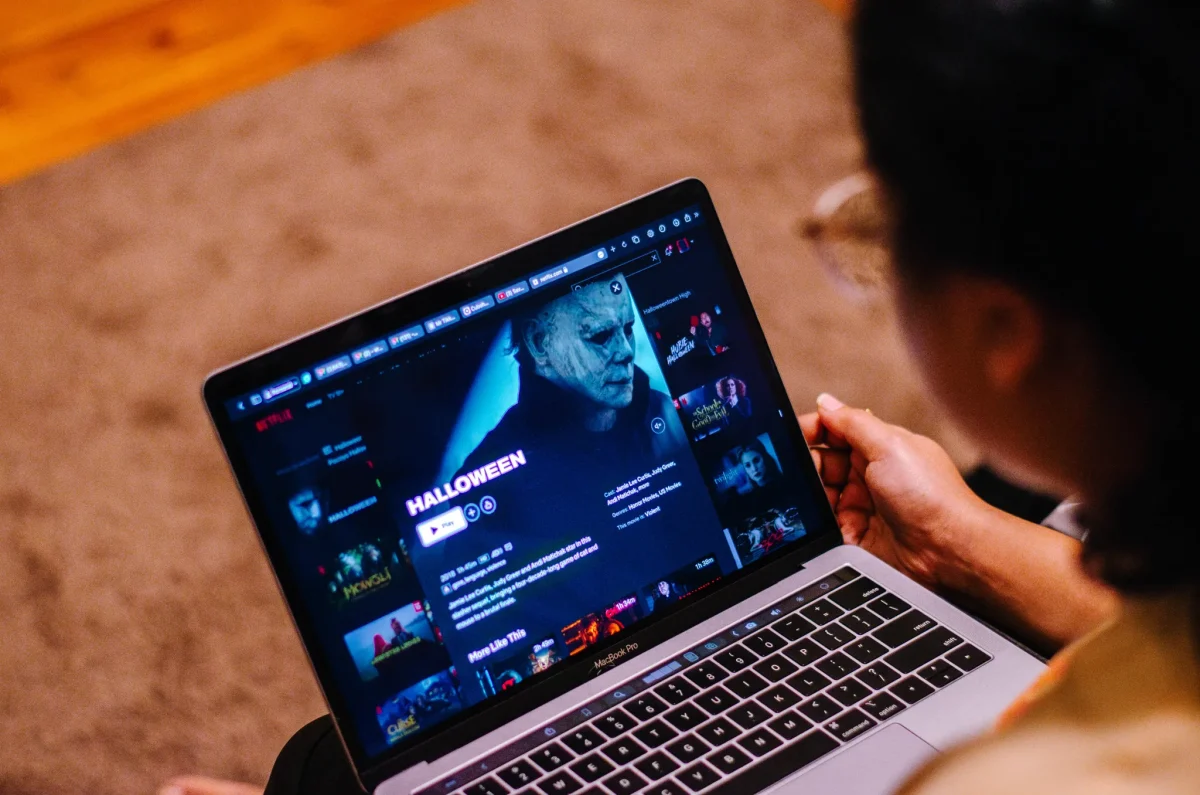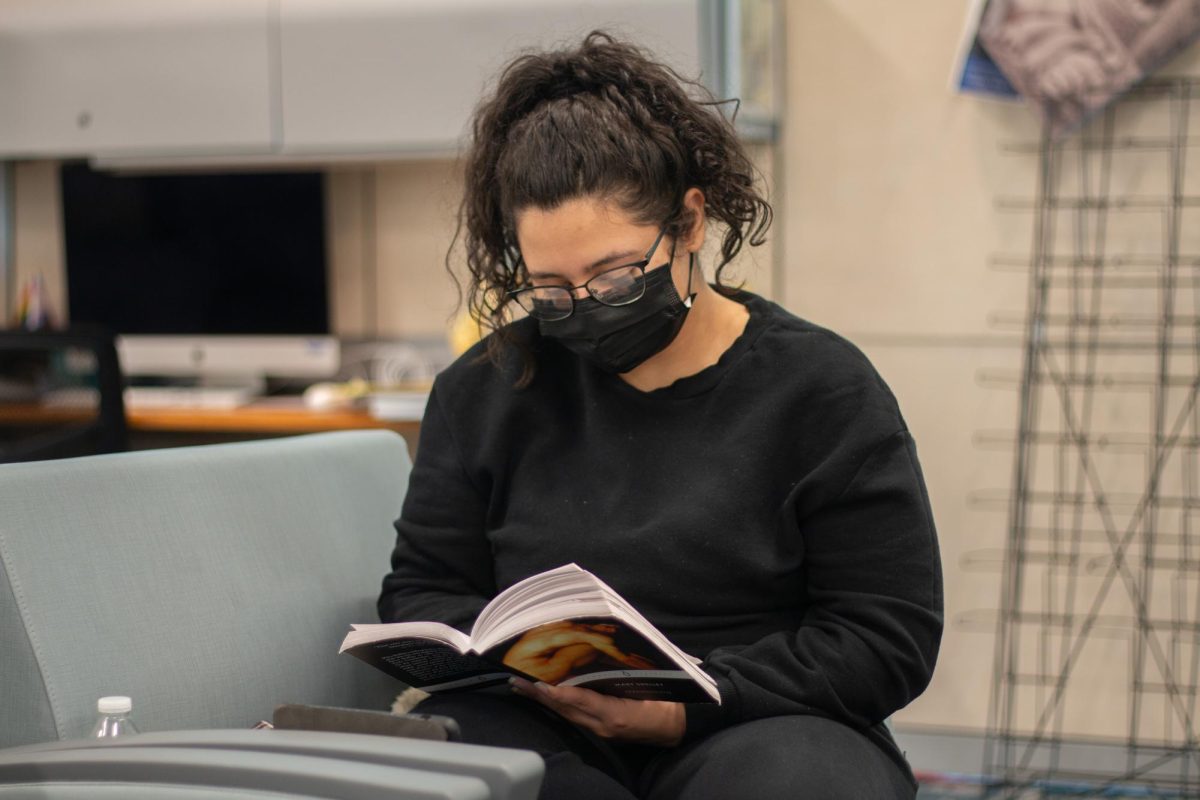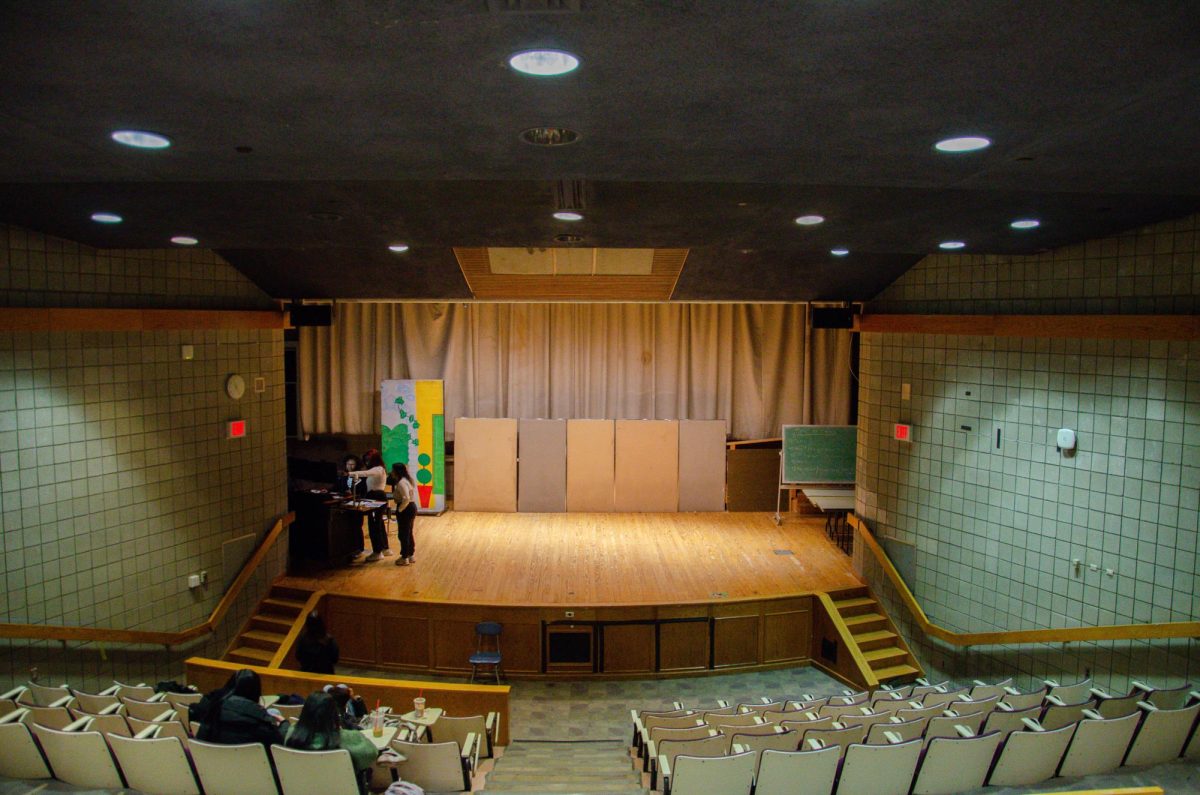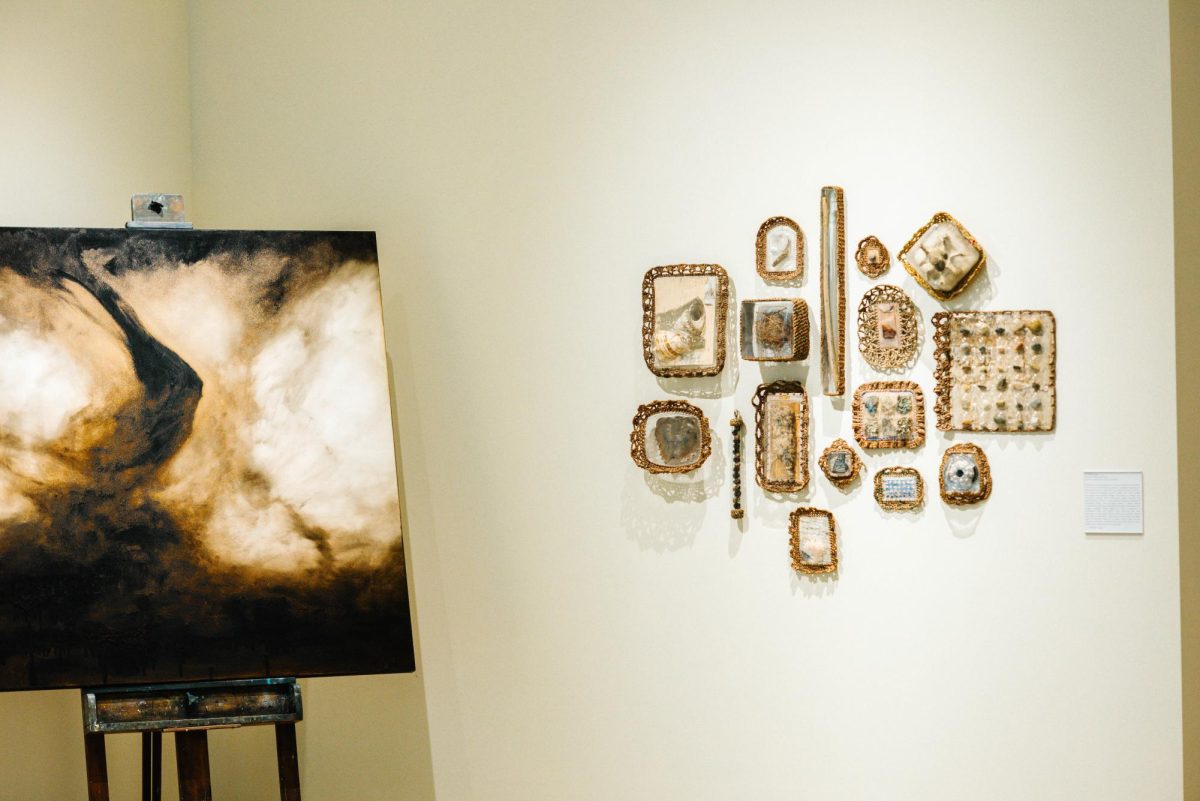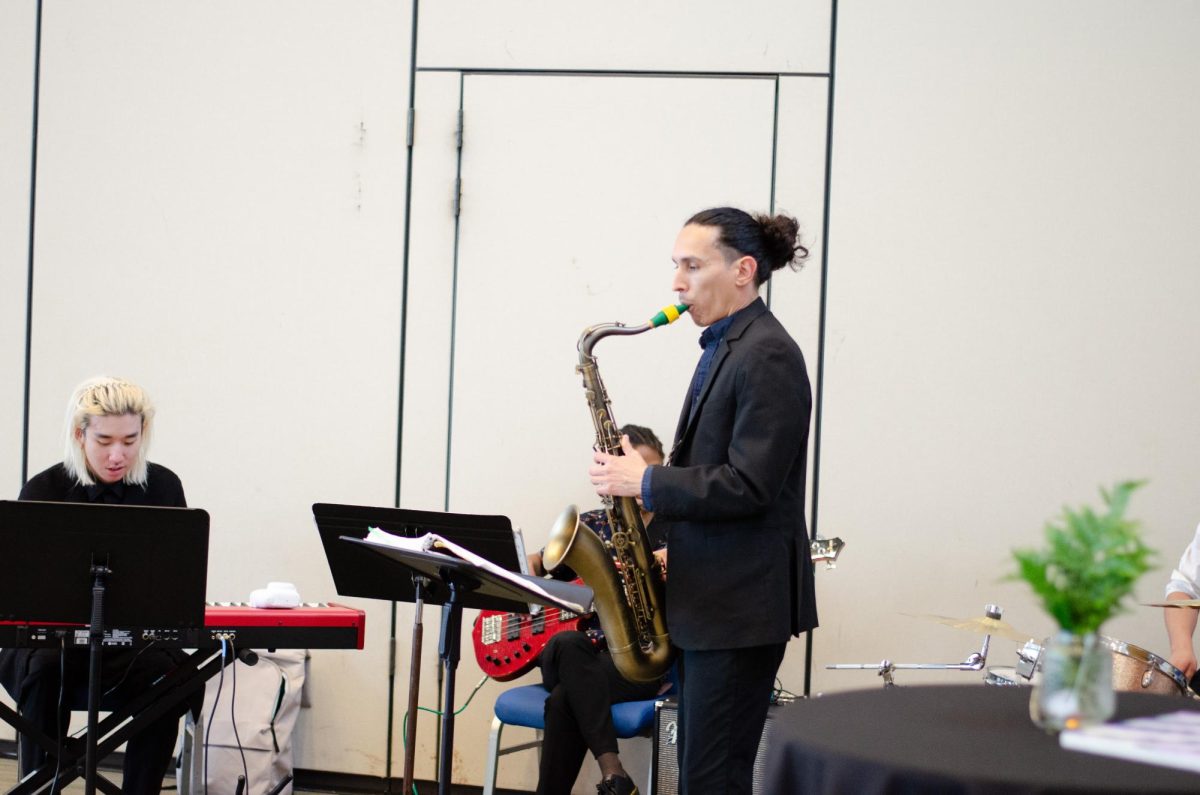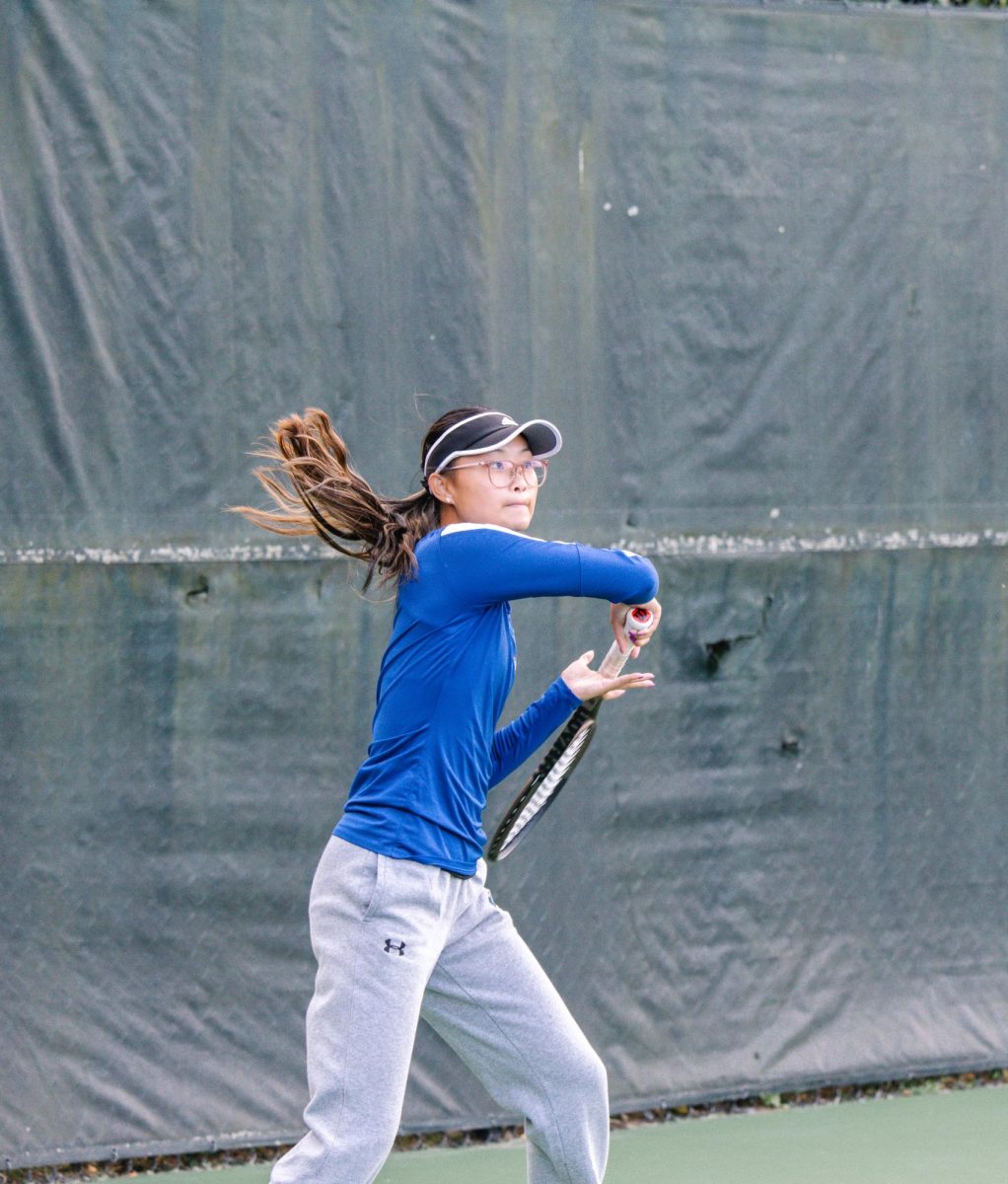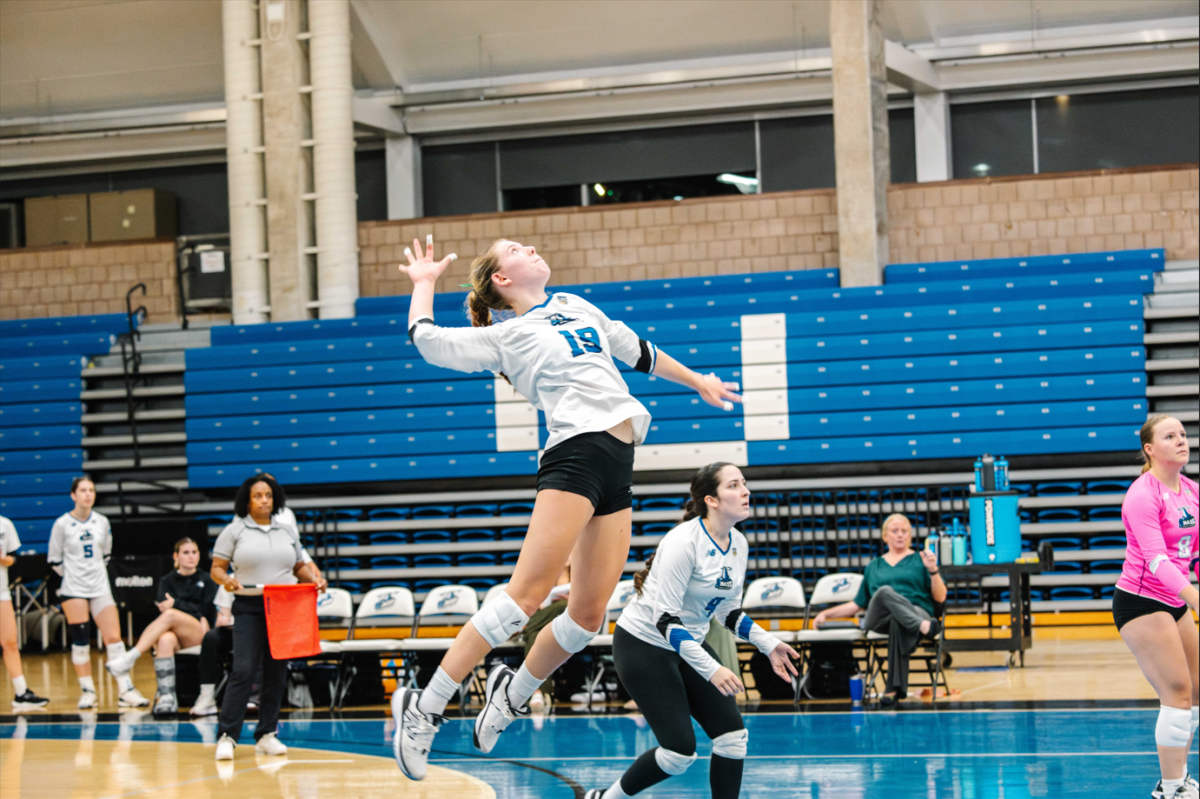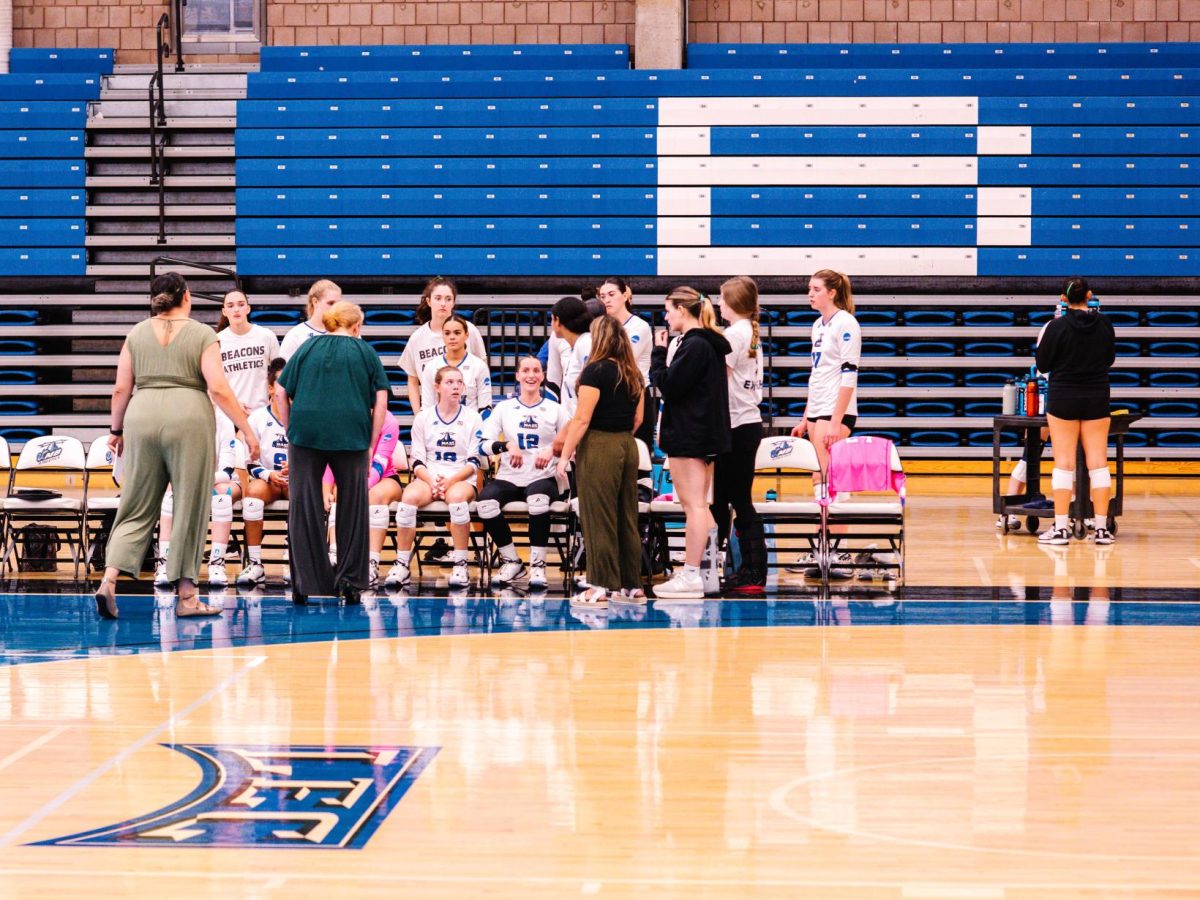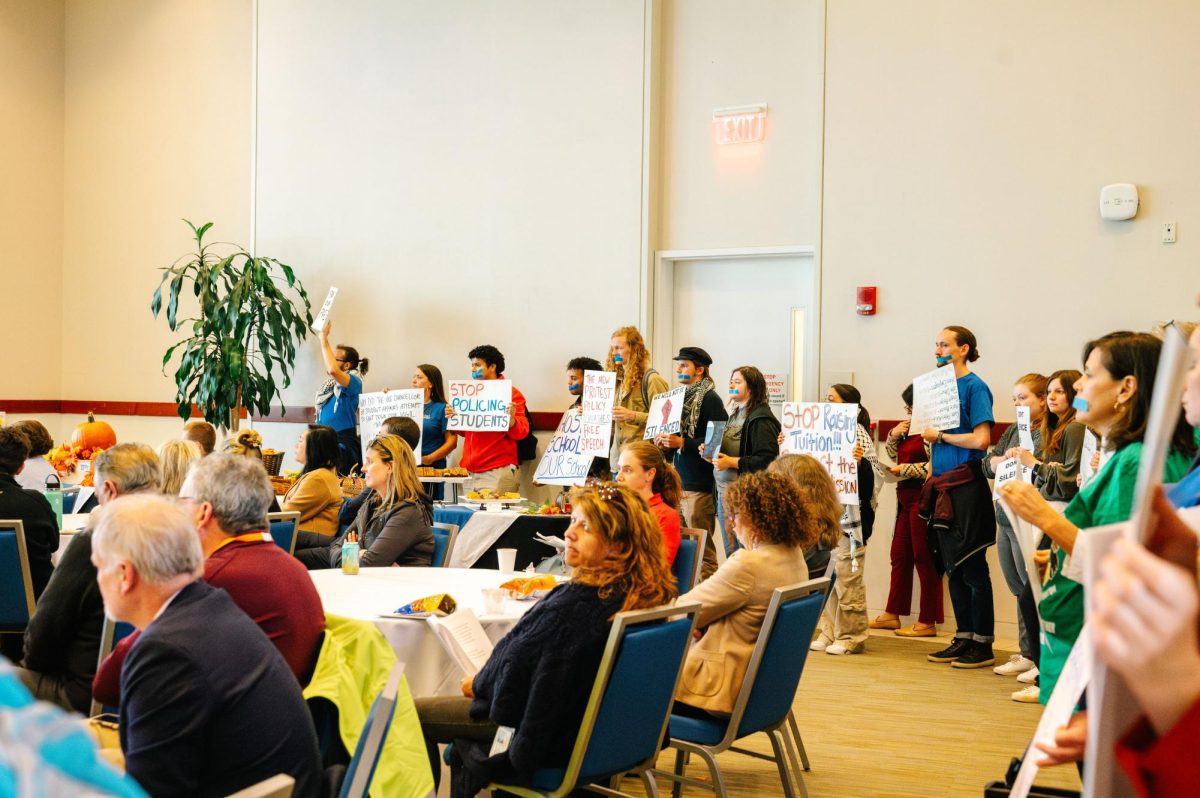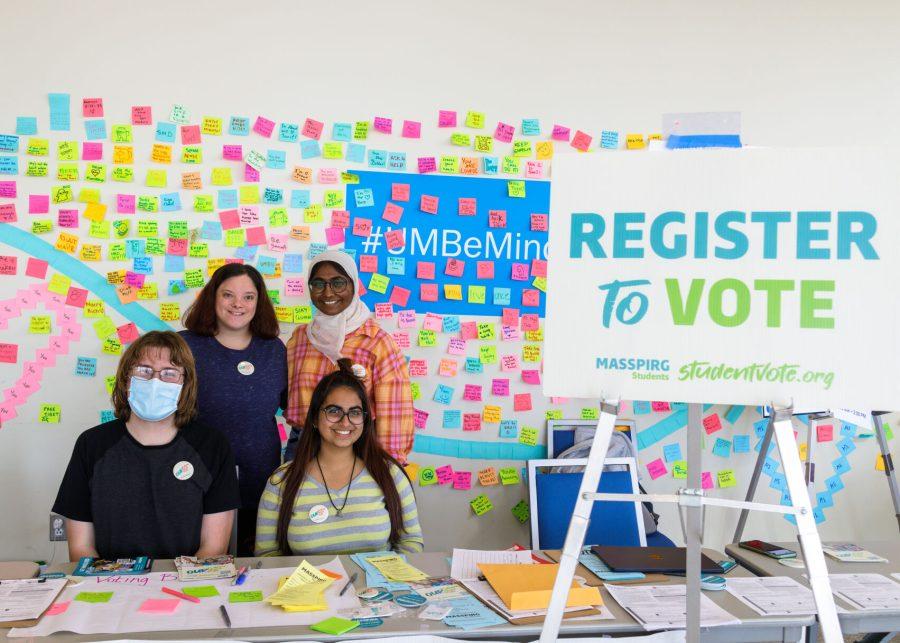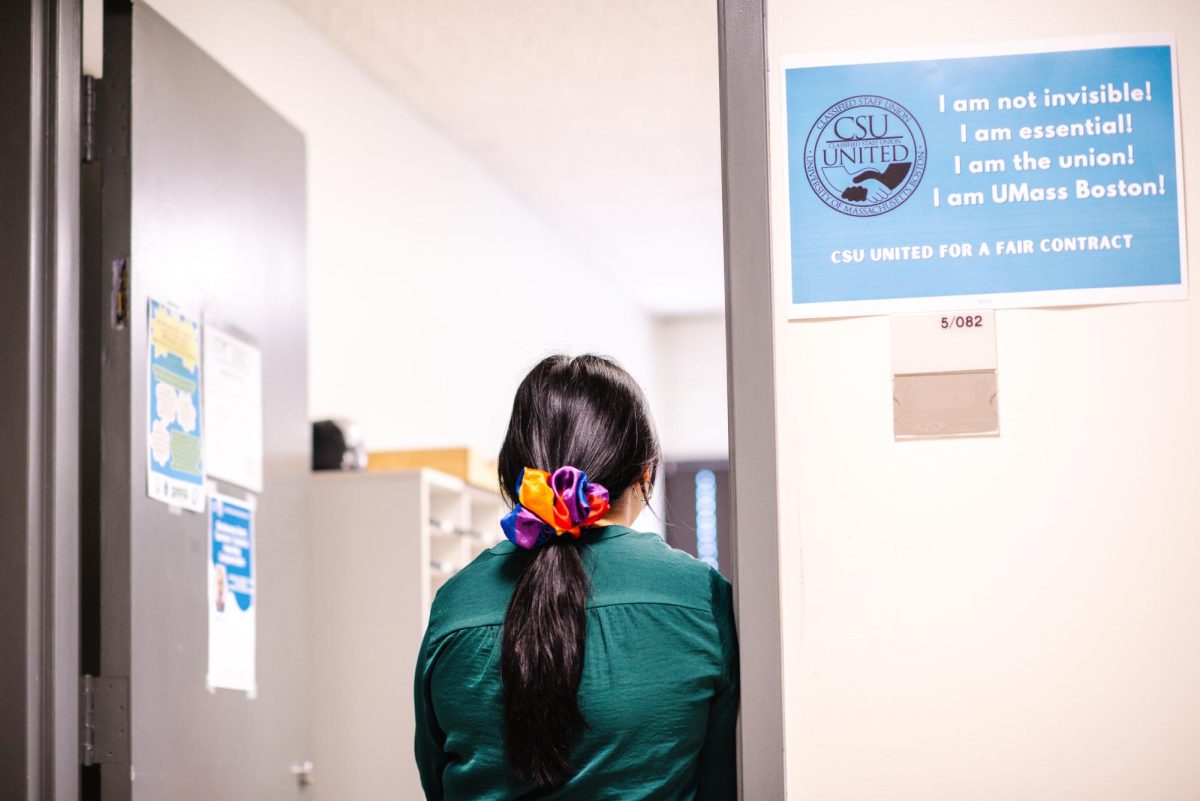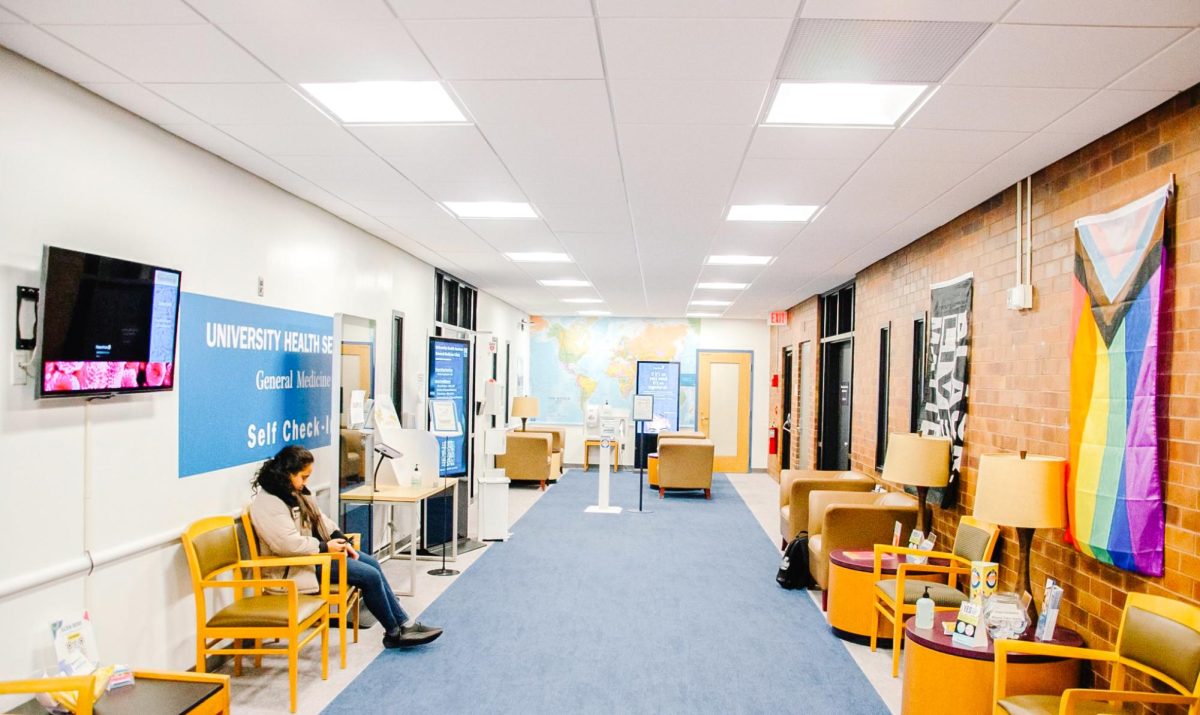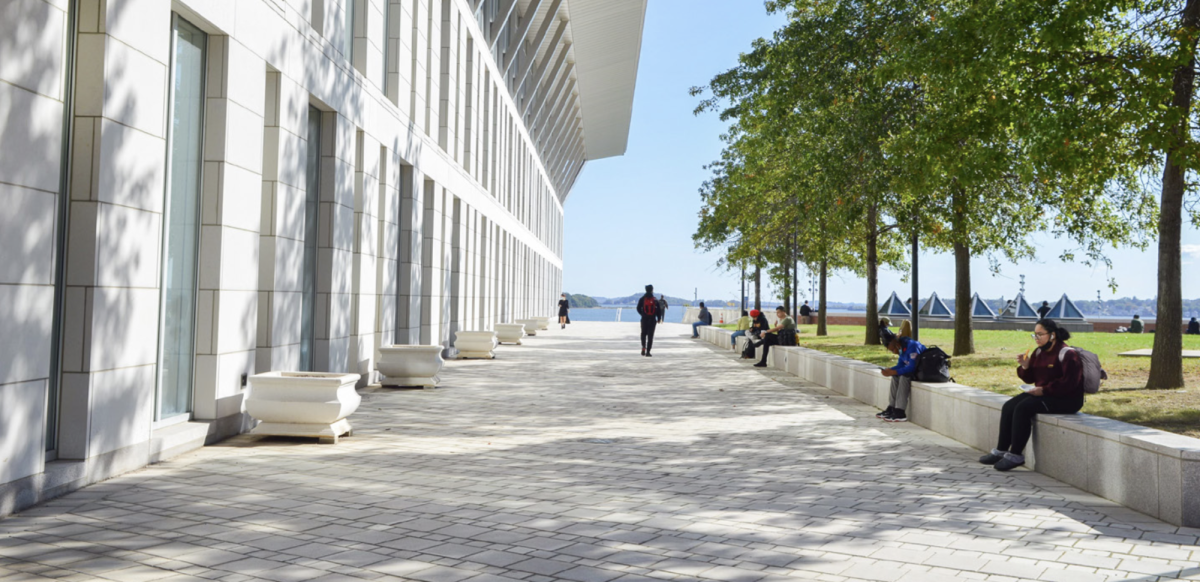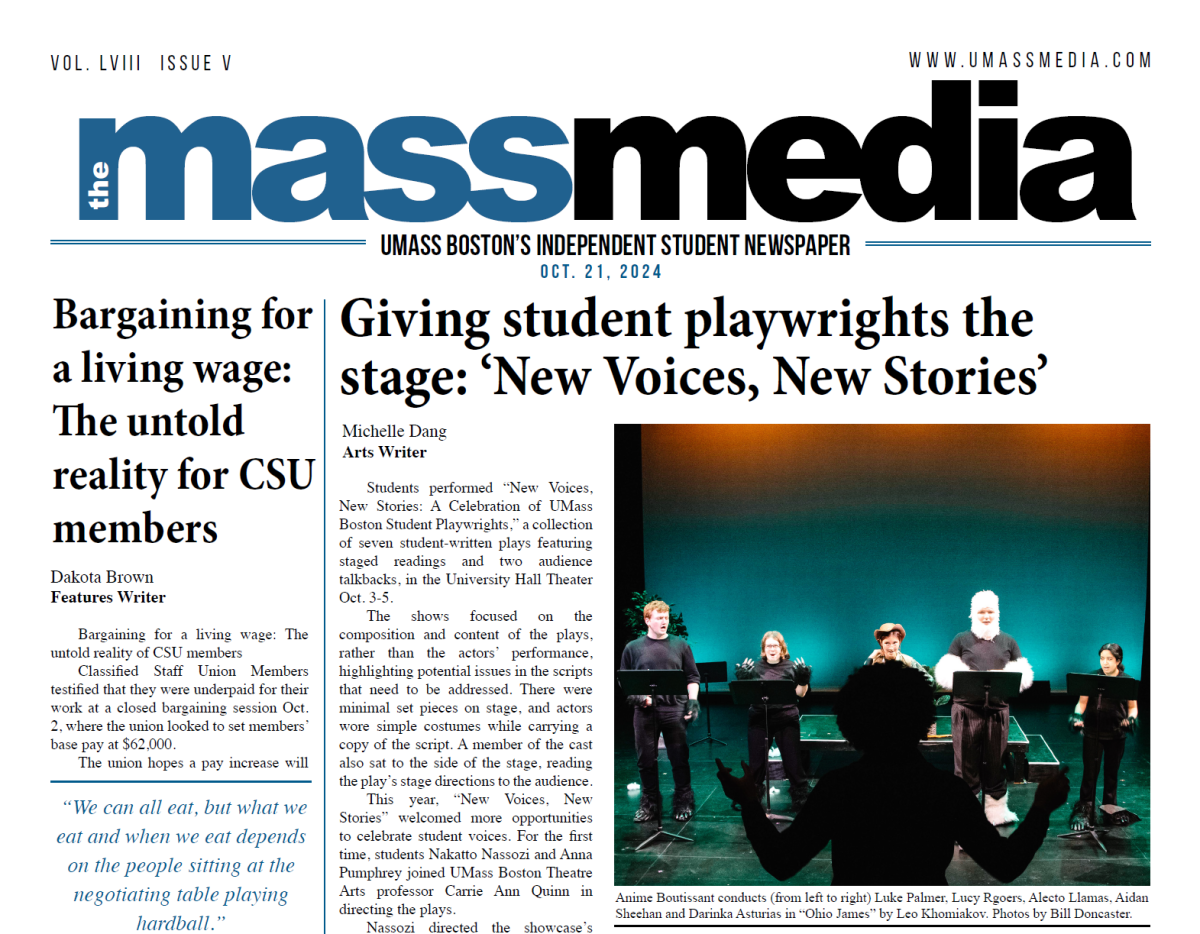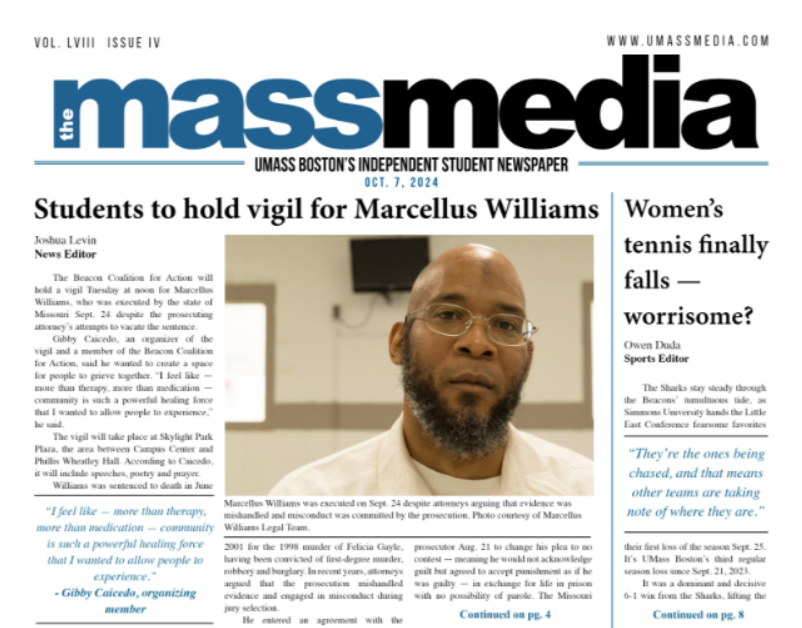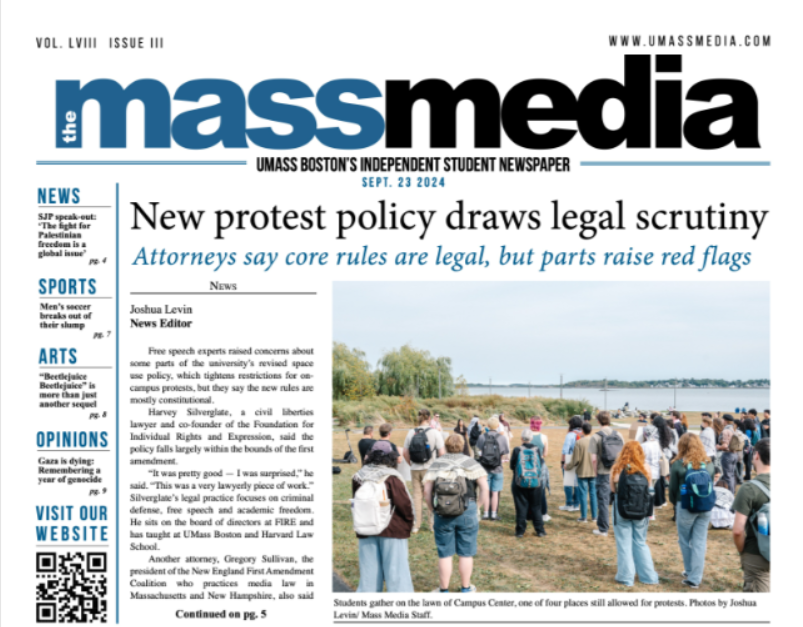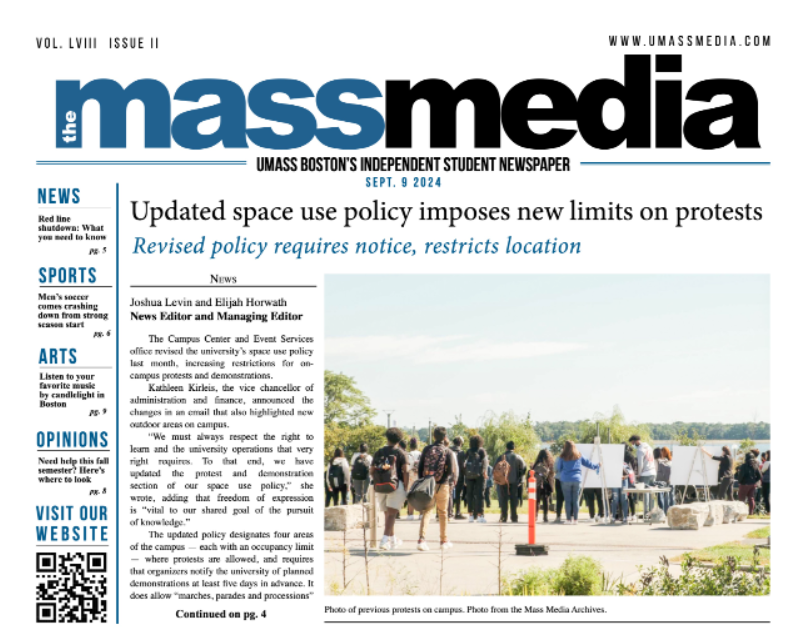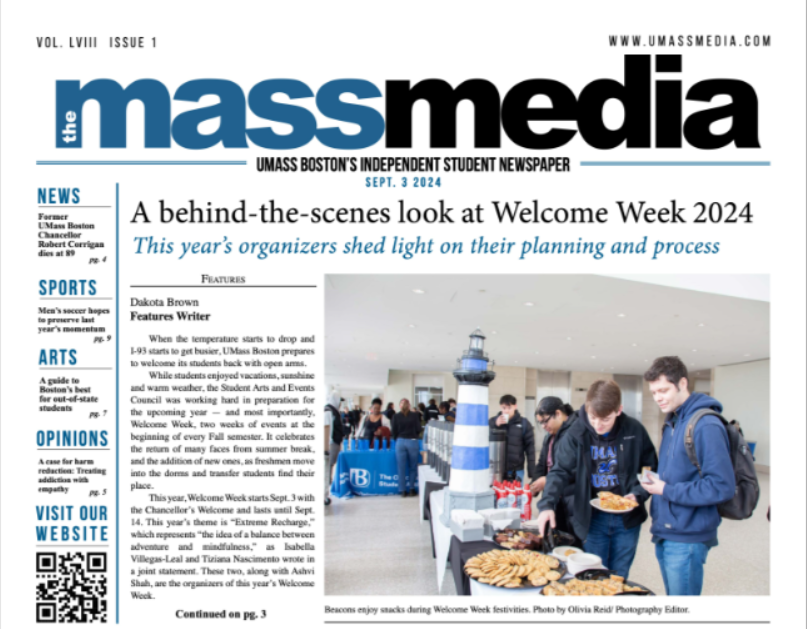Read All About It!
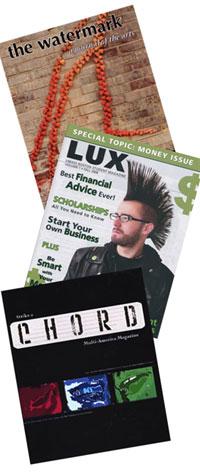
November 27, 2006
UMass may not have a journalism or publishing program, but that hasn’t stopped interested students from using their own extra curricular time and ceaseless effort to get involved in student media publications.
Four major independent student publications currently exist here on campus, The Watermark, LUX, Chord, and The Mass Media. The four not only provide students a chance to contribute content for publication, but also allow even more devoted students a chance to get involved in the behind-the-scenes work of getting each new issue off the ground.
Each publication begins as an idea in someone’s head, and it takes a team of students to turn it into a physical document that will briefly sit on stands before it is picked up and read by students and faculty across the entire campus. These various publications are in different stages of their production cycles, but by the semester’s end you can expect new issues to have hit, ready for public consumption.
Though the Watermark, the University’s journal of arts and literature, and The Mass Media, the weekly independent student newspaper, have been established institution here at the university for over twenty years, there’s been a growing demand for a more diverse range of outlets for student voices.
Two magazines have recently risen to meet this growing interest. The first, LUX, started as a departmental newsletter, and has evolved into a student life and academic magazine. The last, but by no means least, Chord Magazine, is an arts and literature journal that focuses on students who speak English as a second language.
One thing that is most remarkable about all four is that they are entirely operated by students. “I feel that what I’m doing is really important for so many students,” says Yasuhito Yamamoto, the Editor-in-Chief of Chord Magazine, due out this semester.
“This school is like a classroom; there’s a bunch of students in one big class and there are people who have ideas but they are just too shy to say them. Someone just needs to point them out and give them some space and say, ‘Hey, what do you think about it?’ Then students can start speaking up and we realize what great ideas they had. What I’m doing is giving them the space.”
At its core, the concept of student media indeed sounds that simple: provide a space for student’s ideas. However, the work of creating that space, gathering those ideas, and acquiring the proper funding and support that can be an almost insurmountable challenge.
Anna Tsui, the Editor-in-Chief of LUX, which hit the stands just last week, describes the level of dedication that goes into each issue as a less-than-glamorous reality.
“A lot of the grunge work is freakin’ staying at this university until two o’clock in the morning just doing layout,” said Anna. For some apparently, it’s a labor of love. Jade Goheen, LUX’s designer, was quick point out – “It’s fun.”
This priority of dedicating hours of hard work at the cost of limited rewards (several weeks worth of work gets boiled down into just a single issue), seems counter-intuitive. But it also appears to be an interesting disorder shared by most everyone involved in student publishing here at UMassBoston.
“It’s a pretty realistic picture of what its like to work in this industry,” explains Rosie Healy, the Co-Editor-in-Chief of The Watermark. “You learn what its like to play a part in a staff.” With compatriot Shea Mullaney (who’s also the Arts Editor for The Mass Media), Healy will be releasing their latest issue December 13.
“Our team is terrific; we definitely couldn’t have a journal without their hours of dedication as well as the diversity of tastes and perspectives that having such a broad team brings,” Mullaney adds. “I’ve been joyfully surprised a few times by some editorial choices our staff and student readers have made, where I overlooked something really beautiful that just wasn’t my taste.”
Many of these students don’t see their degree alone as the singular asset of their college experience; instead, class-work is just one part of their overall curriculum. Getting involved in student media is another way to be a more proactive student.
“I’ve been active in extra-curricular activities since high school,” said LUX’s Goheen. “And I wanted to do something besides just working in class.”
Anna Tsui agrees. “If you get involved in something like this, then you really start fully appreciating the university experience,” says Anna. “If you get involved in clubs or activities, then you really fell like your part of something.”
But aside from the experience gained just by being involved, there’s a shared sense that student media is an important part of UMass’ developing campus community.
UMass Boston has a well-deserved reputation for its diverse student body, and although the end product of some of these student publications is similar, each possesses its own unique approach and vision. Their collective presence on campus emphasizes the school’s wide-ranging student and faculty backgrounds.
Reading the publications that this population of students produces provides insight into the unique dynamic that motivates UMass Boston. “It’s extra special to read work coming off your own campus,” says Healy. “Maybe you sit in class with these people, or you’ve seen these people in the hallways and you say, ‘Oh my god, I didn’t know this person could write such beautiful work.’ I think it does foster community.”
This idea of developing a community has always been a fundamental issue central towards addressing the topic of student life at UMB. As a commuter campus there is an inherent difficulty in creating a central communication hub that can serve as a vital part in fostering both academic and social networking. With out this communication, events are difficult to promote, successes go unrecognized, resources are left unexploited, and potential opportunities are never discovered. A strong student media is critical in addressing these obstacles.
“Because its a form of media that students have access to you can relay touch everyone, you can relay make a difference or make a dent or maybe change the feeling of Umass a bit,” says Anna Tsui. “Ultimately if you want to find out who Umass Boston students are, you just look in it and you find out who Umass students are and what they represent. Media is very powerfully and I think that it’s something we should develop. It’s something that is unique because kids in all different fields and all different interests can relay get involved in and have an influence on someone else.”
And with this growing interest in student media, the rest of the university is starting to respond. Vice Chancellor Patrick Day has expressed interest in developing student media programs, a new Professional Writing Certificate is being offered by the English Department, CPCS offers a major in Community Media & Technology, and the coming semester will be offering a number of courses that can help a student learn more about journalism, publishing, and media. Classes include Professional Editing (ENGL 308, Prof. Barron), Tactical Media Clinic (CMTCTR 400-1, Johnson), and Magazines & Small Presses (ENGL 379, Prof. Melnyczuk), and Local and Ethnic Journalism (COMSTU 480, Prof. Hume).LUX started out as the Honors program newsletter, but in just a few short semesters it has grown into the university’s first bi-annual student magazine. Now in its fifth issue, the magazine has recently undergone a drastic content and design overall. Its coverage has expanded to cover the entire campus, including work from graduate students and professors, and the layout now features full color glossy pages.
Everything is covered in LUX from articles, interviews, research, tips, advice, and general interests topics. The current issue focus on money (mainly how to get more of it) and the staff is already gearing up for the next issue. For now they are releasing new issues only once a semester, but that could change if they are able to get more people involved and can secure more funding.
Students interested in writing, photography, layout, design, editing, or advertising should contact Anna Tsui to get more info on how you can help out: [email protected] Watermark has been a staple on campus for 12 years, but it ran prior to that under a different name. Featuring the campus’ best in literature and art, landing a coveted spot on the journal’s pages is quite a prestigious honor. The years co-editors are Rosie Healy and Shea Mullaney. Rosie has previous experience in self publishing her own ‘zine, and Shea is a published poet himself.
At 128 pages with 16 full-color glossy pages of visual art, The Watermark has only improved with age. Rosie and Shea have introduced some new ideas into this year’s program with the first ever Watermark Scholarships competitition, awarded to two college-bound Boston high school students, one in art and writing. Contest-winners will each receive $500 toward tuition and expenses and have their submission printed in the pages of the spring Watermark. This semester also marks the first time The Watermark will be sold off-campus-the proceeds will help underwrite the scholarship.
All students are welcome to contribute, and help is always needed in several areas, including readers and section editors. This semester’s issue will be on stands December 13 along with a celebratory release party in which artwork will be featured, students will read from their work, and prizes will be awarded. Contact [email protected] for more info. Chord Magazine is only in its second semester on campus, but it’s already developed quite a reputation at UMB for being a unique entity on campus.
An arts and literature journal much like The Watermark, Chord focuses on providing ESL (English as a second language) students a chance to have their voices heard without the language barrier being an obstacle.
Yasuhito Yamamoto, Yuting Liu, and Fawzi Nicolas are the main students working on the project. Being ESL students themselves, they possess the experiential knowledge of being “strangers in a strange land” which allows them to bring a strong sense of identity to the editorial process.
Content has already been collected and edited. Chord is now just waiting to get the proper funding to print. Contact [email protected] for more info or to help the issue secure funding.




